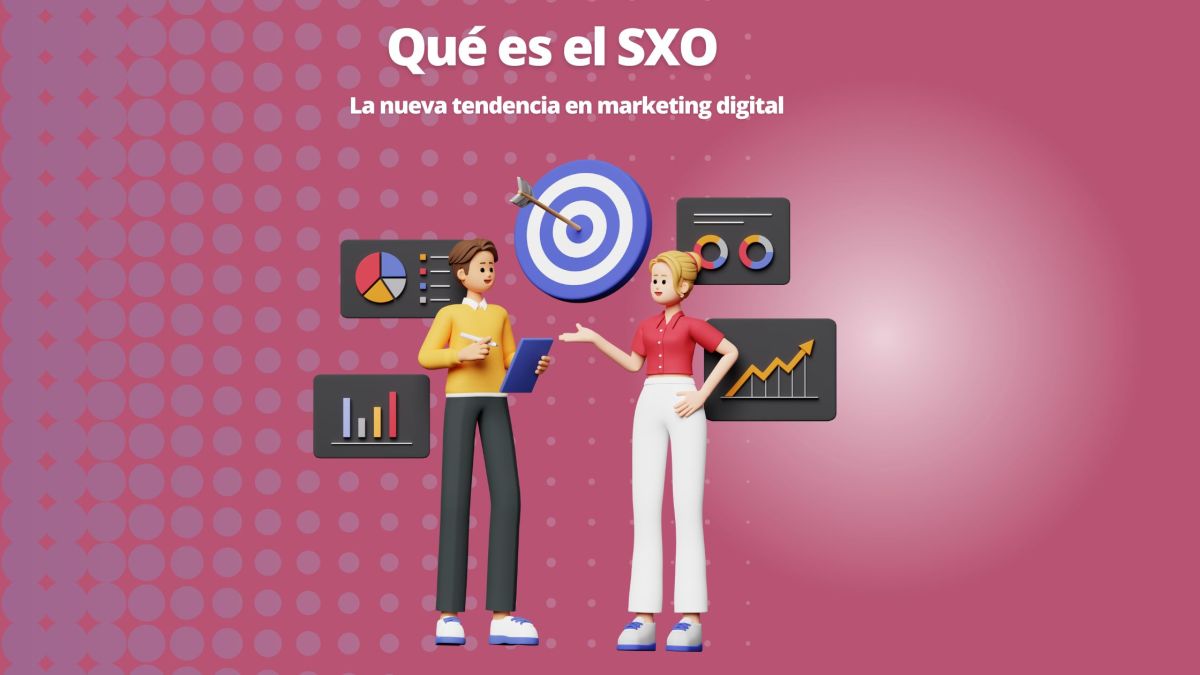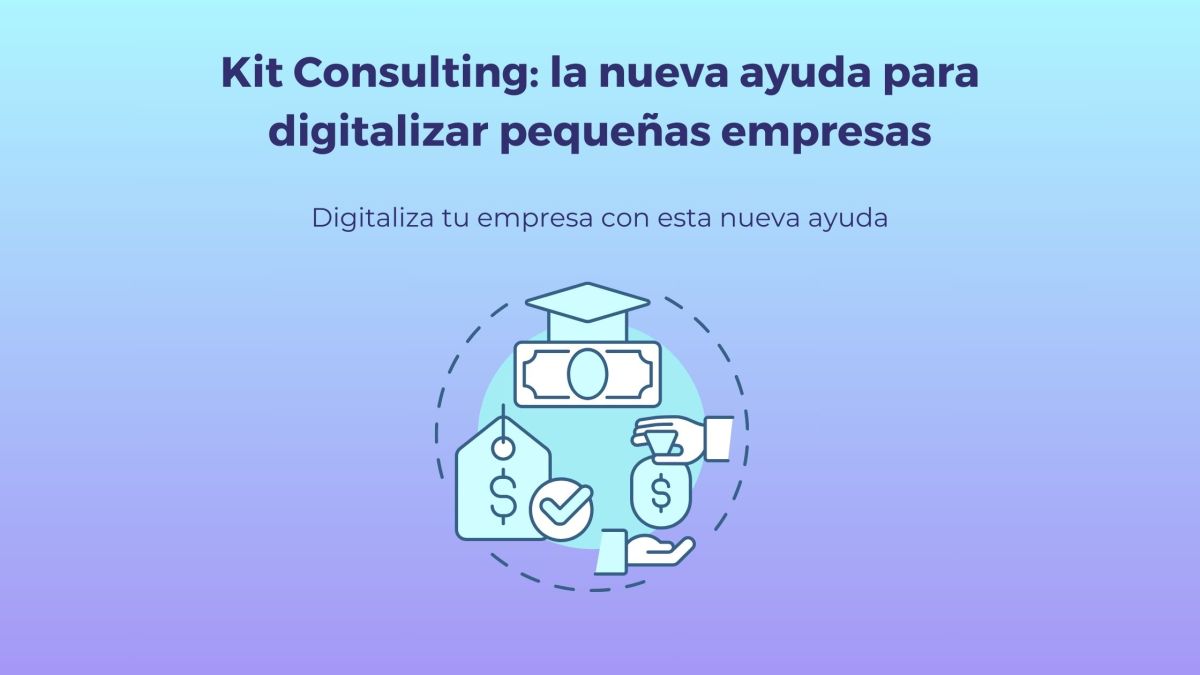Experiential Marketing: Definition, Benefits and Strategies

What is experiential marketing?
Experiential marketing, also known as engagement marketing, is a strategy designed to create interactive and immersive brand experiences for consumers. Rather than relying on traditional, one-way advertising, experiential marketing aims to foster a genuine connection between consumers and brands. It brings consumers directly into a brand’s story, values, and personality through live or interactive events, often evoking a memorable, emotional impact that extends beyond the initial experience. This approach invites consumers to actively participate in brand experiences, establishing a deeper, more personal connection that goes beyond a simple transaction.
What makes experiential marketing so effective
Experiential marketing is highly effective because it creates memorable, engaging experiences that consumers are more likely to remember and share. Unlike passive advertising, experiential marketing taps into emotions, building stronger, more authentic connections with consumers. This often leads to greater brand loyalty, organic word-of-mouth referrals, and valuable feedback from direct interactions. These personal, memorable encounters are impactful, creating lasting impressions that traditional marketing alone might struggle to achieve. Let’s see what benefits there are:
Benefits of experiential marketing
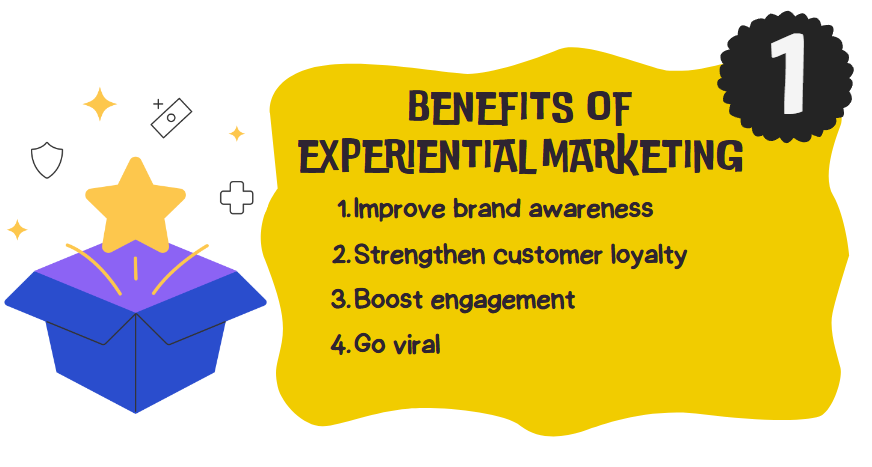
Improve brand awareness
Experiential marketing excels at generating buzz, especially on social media, where consumers eagerly share unique experiences. By crafting memorable moments, brands can drive organic visibility through posts, hashtags, and shares, expanding their reach beyond the event itself and creating a ripple effect that boosts brand recognition.
Strengthen customer loyalty
This type of marketing builds consumer loyalty by creating emotional connections. When a brand offers experiences that resonate on a personal level, it strengthens the consumer’s relationship with the brand, often leading to repeat engagement. These shared, positive memories foster a sense of loyalty that traditional advertising rarely achieves.
Boost engagement
Through experiential marketing, brands can engage consumers actively, encouraging them to participate and interact with the brand in ways that traditional media doesn’t allow. This two-way interaction not only captures attention but also enhances engagement, keeping consumers interested and involved.
Go viral
One of the most appealing aspects of experiential marketing is its potential to go viral. Many campaigns are crafted to be shared on social media, offering photo-worthy moments or unique surprises that encourage users to post, tag, and discuss their experience online. When done well, experiential campaigns can gain extensive reach as they spread across platforms and audiences.
Experiential marketing strategies
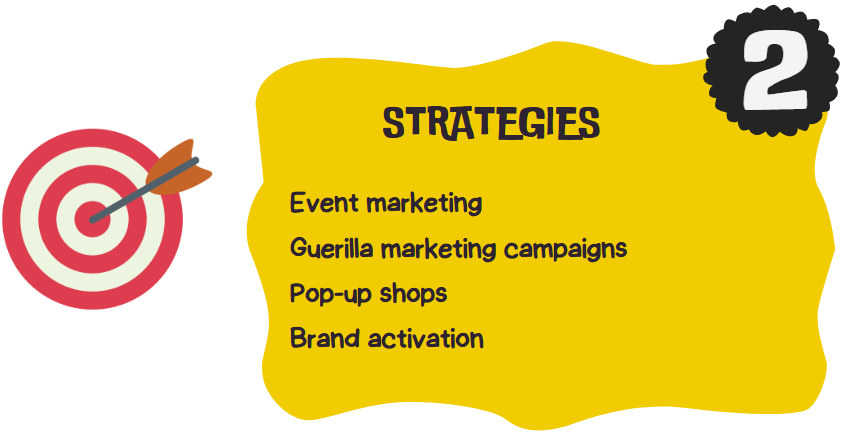
Event marketing
Hosting branded events allows companies to connect with their audience in a tangible, face-to-face setting. Events like product launches, live demonstrations, or interactive workshops allow brands to showcase their identity, giving consumers a firsthand experience that feels more personal and memorable than traditional advertising.
Guerilla marketing campaigns
Guerilla marketing uses unconventional tactics to attract attention in public spaces, often surprising or delighting unsuspecting consumers. These campaigns are typically cost-effective yet impactful, relying on creative, bold displays in everyday locations to make a strong impression. Flash mobs, public art, or dramatic stunts can leave a lasting mark, drawing both media attention and consumer interest.
Pop-up shops
Pop-up shops give brands the flexibility to create temporary retail experiences, often centered around exclusive products or a themed environment. These limited-time spaces invite consumers to explore and engage with a brand in an intimate, curated setting, creating excitement and driving foot traffic without the long-term commitment of a physical store.
Brand activation
Brand activation refers to events or campaigns aimed at creating impactful, memorable interactions that compel consumers to act. It could include hands-on experiences, product sampling, or interactive displays that encourage consumers to explore and connect with the brand. Brand activations are ideal for reinforcing a brand’s identity and values while inspiring active consumer engagement.
How to create an experiential marketing campaign
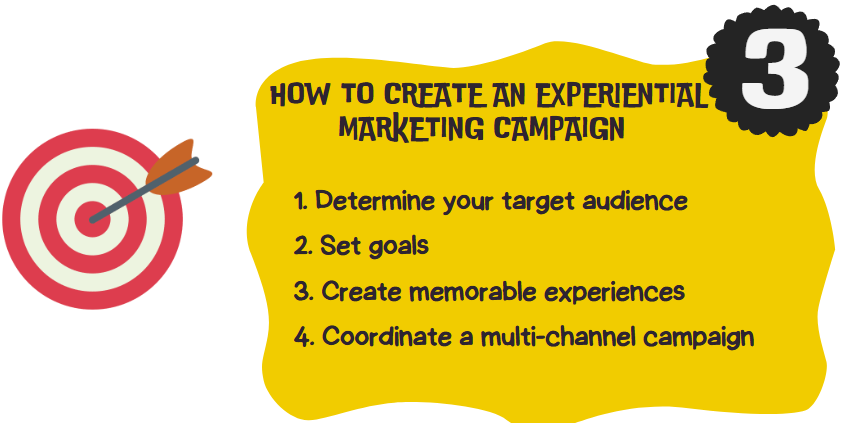
1. Determine your target audience
Before planning the experience, it’s essential to understand your audience, including demographics, preferences, and motivations. By targeting these specifics, brands can tailor the experience to appeal directly to their audience's values and interests, creating a more resonant impact.
2. Set goals
Setting clear goals is critical for any experiential marketing campaign. Define your objectives, whether they involve increasing brand awareness, boosting engagement, or driving sales. Aligning these goals with broader marketing strategies ensures consistency and helps measure success accurately.
3. Create memorable experiences
Crafting a memorable experience involves engaging all the senses, incorporating interactive elements, and designing moments that surprise or delight the audience. The more unique and immersive the experience, the more likely it will resonate with consumers, leaving a lasting impression that strengthens brand loyalty.
4. Coordinate a multi-channel campaign
A well-rounded experiential marketing campaign often spans multiple channels to maximize reach and engagement. Integrate social media, email, and digital channels to create anticipation, amplify the experience, and maintain momentum post-event. This multi-channel approach allows brands to extend the experience beyond the event, keeping audiences engaged over time.
Examples of experiential marketing
- Refinery29's 29Rooms: This immersive pop-up art exhibit brings creativity, culture, and commerce together, with each room showcasing a unique, interactive theme. Collaborations with artists, brands, and organizations make 29Rooms a widely shared experience, generating strong brand awareness and social media buzz for Refinery29.
- Red Bull stratos project: Red Bull broke records and captured global attention with its Stratos jump, where Felix Baumgartner leapt from the edge of space. This epic event exemplified Red Bull’s adventurous brand ethos, pushing the limits of experiential marketing and leaving a powerful, lasting impression.
- Guinness storehouse in Dublin: Guinness invites visitors to immerse themselves in the brand’s history and brewing process at the Storehouse. With a hands-on tour that ends in the Gravity Bar overlooking Dublin, this experience has become a major attraction, deepening brand loyalty and enhancing Guinness’s iconic status.
- IKEA's sleepover event: IKEA hosted a unique sleepover event in one of its showrooms, complete with spa treatments, midnight snacks, and a celebrity bedtime story. This intimate experience connected attendees with the brand’s values, reinforcing IKEA’s commitment to comfort and home-centric living.
Manage experiential advertising campaigns
For brands ready to make a splash with experiential marketing, partnering with an expert team can make all the difference. Coco Solution is a marketing agency dedicated to helping brands craft unforgettable campaigns that drive awareness, engagement, and growth. With a blend of creativity, strategic insight, and digital expertise, Coco Solution develops and executes experiential marketing strategies that bring your brand’s vision to life. Reach out today to start crafting experiences your customers will never forget!






![Mejores agencias de marketing digital en Chile [2025]](/cms/uploads/mejores_agencias_marketing_digital_chile-1200-swxnxf.png)
